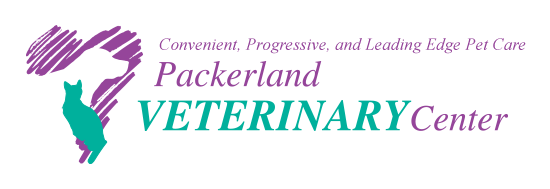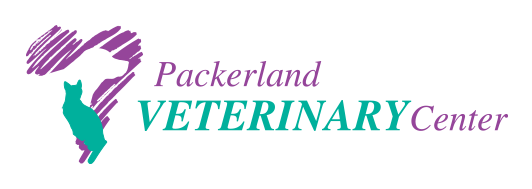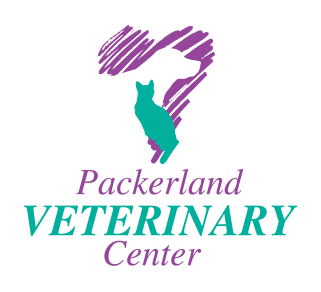


SERVICES
Feline Hock Injuries

Conditions of the hock, or ankle joint, while less common, can also be the culprit in hind limb lameness situations. We feel it is important with any lameness to make sure we are not putting blinders on and only looking for the most typical conditions. Patients with these injuries require accurate diagnosis as their prognosis is best when they are identified and treated early.
Click on the procedure below to learn more.
Achilles Tendon Injuries
The Achilles is attached onto the heel bone of the hind limb and is responsible for keeping the heel of the paw elevated off the ground. Trauma is the most common reason for the tendon to tear. While generalized hind limb lameness is the most common symptom of the condition, there may be other tell-tale signs dependent upon which components of the tendon are torn. Some pets may exhibit a "crab-clawed" appearance if one portion of the tendon is torn and if the entire tendon is torn the pet will walk with the paw dropped onto the ground.
Treatment of Achilles tendon injuries is dependent upon several factors. The most important factor is length of time since the injury has occurred. Achilles injures can be frustrating because they are less common and can be difficult to identify. The longer the injury has been present, the more damage is done to the tendon which subsequently makes repair more difficult and ultimately less successful. If it is diagnosed and addressed quickly, surgery can be used to reattach the tendons. If there is significant change present already, other options such as Stem Cell Therapy may be more appropriate. Each patient is examined closely to determine the ideal procedure for the best possible prognosis.
Fracture Repair
At Packerland Veterinary Center, we are able to handle the simplest of broken bones, all the way through the most complex of fracture presentations. Dr. Dunbar's extensive training and orthopedic experience have given him the tools to provide the best care possible for fractures of all shapes and sizes.
There is no cookie cutter method to approach every patient with a broken bone. We have to be flexible in the methods that we have available to approach each individual situation. Some fractures may heal adequately with external support such as casting, while others require elaborate bone plate and screw repairs along with bone grafting techniques. The trick is to know what works with each fracture presentation, and to be able to perform the procedure in a manner that will give the patient the best recovery possible.
Stem Cell Therapy (SCT)
This procedure involves surgically harvesting fat tissue from your pet and then processing that tissue in house to remove the stem cells. The stem cells are then “activated” with our special equipment and later the same day we can inject the cells back into specific areas of the patient where needed. In the hock, SCT is often used as a treatment for Achilles tendon injuries. Stem cells are injected directly into the tendon where they can mature into new tendon cells and repair the torn Achilles. They can also be used to help generalized arthritis that has formed in the joint by helping to reduce inflammation and rebuild the joint cartilage surface, making the pet more comfortable overall.
For more in-depth information about Stem Cell Therapy, click here.
Platelet Rich Plasma Treatment (PRP)
Popular in human orthopedics, PRP therapy utilizes a patient's own blood plasma as an all-natural, drug free pain relief option. Once activated by our specialized equipment, the PRP works to initiate and accelerate tissue repair and reduce localized inflammation. PRP can be utilized in a variety of conditions, but most often is used to treat the inflammation present in injured joints and tendons. While it does not provide a more long-term regeneration of cells like Stem Cell Therapy, PRP can be an affordable short term solution to treat pain and inflammation in our patients.
PRP treatment begins with a blood draw from the patient. The blood is then specially processed to bring out the PRP mix of concentrated serum and platelets. Patients then receive light sedation while the PRP is injected into the specific area or areas needing treatment. Any additional PRP can be frozen and saved short-term for future treatments that may be needed in the months following. While each pet's response to PRP is different, we have seen great short and longer term results utilizing this therapy.



